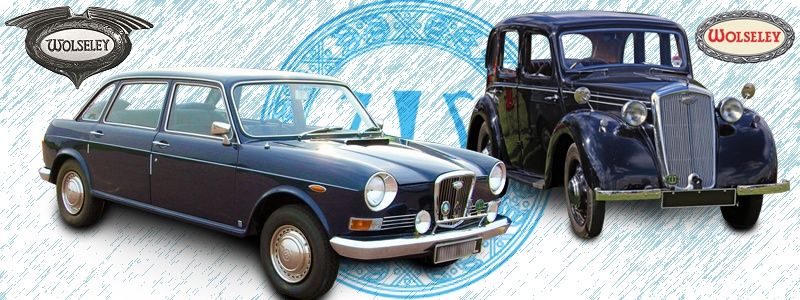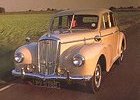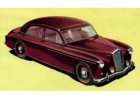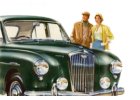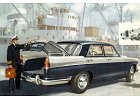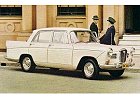Established in 1896, Wolseley was one of England’s
first carmakers, quickly garnering a reputation
for building quality vehicles. The first iteration
was actually built by Herbert Austin who was,
at the time, the companies General Manager. This
simple three-wheeler would quickly morph into
a four-wheeler, as did so many at the time, and
by 1901 there was even a four cylinder five speed
racer in the modest 3 model lineup. Over the
years Wolseley’s would become increasingly
larger and more refined, and by 1906 the J. D.
Siddeley designed Wolseley-Siddeley boasted a
3.3 liter 201ci engine. After World War 1 the
Wolseley lineup would swell to include the 7,
the 10 (which was later replaced by the 11/22),
and the 15 (which was later replaced by the 16/35
types).
However the company never fully recovered
after the war, and was taken over by Nuffield
in 1927. Unfortunately it ever so slowly lost
its identity over the following decades, particularly
when ownership was assumed by BMC, who would
simply "re-badge" the same model. There
were a few highlights along the way though, such
as the Morris Isis derived 21/60 of 1929 which
boasted a six cylinder engine and hydraulic brakes.
In 1930 came the 1.3 liter Hornet, the six cylinder
engine being small in capacity but proving itself
to be delightfully smooth and powerful.
Through
the 1930’s the company adopted the use
of the famous “illuminated” Wolseley
logo on the radiators, a feature that would remain
a part of all Wolseley’s until the companies
eventual demise. Following World War 2 there
was the Eight, Ten and Twenty-Five, and by 1949
2 completely new models were released, the four
cylinder 4/60 and the six cylinder 6/80, both
engines being of overhead cam design. But as
rationalization spread through the British car
industry, the Wolseley name became ever increasingly
a badge over a brand. The last Wolseley appeared
in 1975, then a re-badged Morris 1100, but when
Leyland took control they re-named the car the
Princess, and the Wolseley name was lost forever. |
|
